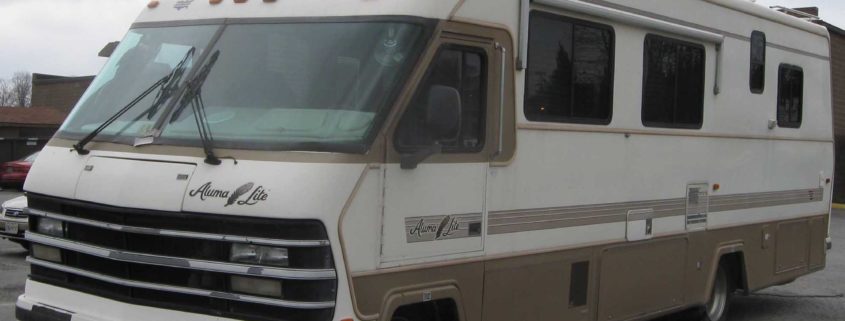Essentail RV Pre-Travel Checklist
Essential RV Pre-Travel Checklist
Checklists are an effective approach to ensure nothing is neglected or overlooked. RV pre-trip checks are probably the most crucial checklists to have on-hand and stick to.
Here are top 5 crucial RV pre-trip checkups to make before driving your RV. Following a very simple checklist like this can save you time, money and problems.
Check Tires
The two main issues with RV tires are over-inflation and under-inflation and both could lead to tire breakdown. When your RV is in storage, the tires suffer a loss of air pressure at a rate of 2 to 3 psi monthly. It is crucial you examine and pump up the tires to the appropriate pressure before travelling. The most appropriate way to figure out inflation pressure is to have the RV weighed and work with the tire manufacturer’s load and inflation tables for inflation pressure calculated on actual loads. The other way is to examine and pump up the tires in line with the pressure detailed on the federal certification label on the RV. At all times check tire inflation.
Check All Fluid Levels
This is applicable to motorized RVs or to tow vehicles towing a trailer. A low or drained fluid level in part of the engine or transmission is going to leave you stranded on the side of the road quicker than anything. Traveling on a motorhome or towing a huge trailer puts additional strain on a vehicle’s drive-train parts. The fluids in the engine and transmission are meant to lubricate and have these parts cool. If the fluid level is very low or empty, you probably will not make it to your desired destination. Check under the vehicle for signs of leaks. Check out the engine oil, transmission fluid, radiator coolant reservoir, power steering fluid and brake fluid levels. Check with your owner’s manual for tips on how to check these fluid levels. Whenever a fluid level is low, make an effort to figure out why – and correct the issue before departing on your trip.
Check the Hitch-Work, Brakes & Lights
It doesn’t make any difference if it’s a motorhome towing a car or a truck towing a trailer; the important issue is you double check all of the hitch-work & the brakes along with the lights. When all things are firmly fastened and you’ve examined all the lights, carry out a brake test. Move the vehicle forward a little and tap the brakes. Make sure you feel the trailer brakes or dinghy brakes engage and slow the vehicle down.
Take a walk inside the RV. When you walk through the RV’s interior before leaving, you’ll probably find something that wasn’t properly secured or a latch that isn’t properly locked. Have a look at all of the cabinet doors, the refrigerator, sliding doors, and ensure things like computers and TVs are safe. Check all appliances to ensure they are switched off.
A Final Walk-Around
After every single thing on the list is done, and you are getting ready to depart, take a walk through the RV again. Look on top the RV and under the RV. Check the storage doors to ensure they are secure and protected. Ensure that everything is detached from the RV and appropriately stowed. This final walk-around could be the difference between a hassle-free trip and a mishap waiting to happen, so invest some time and closely examine everything in and around your RV.

